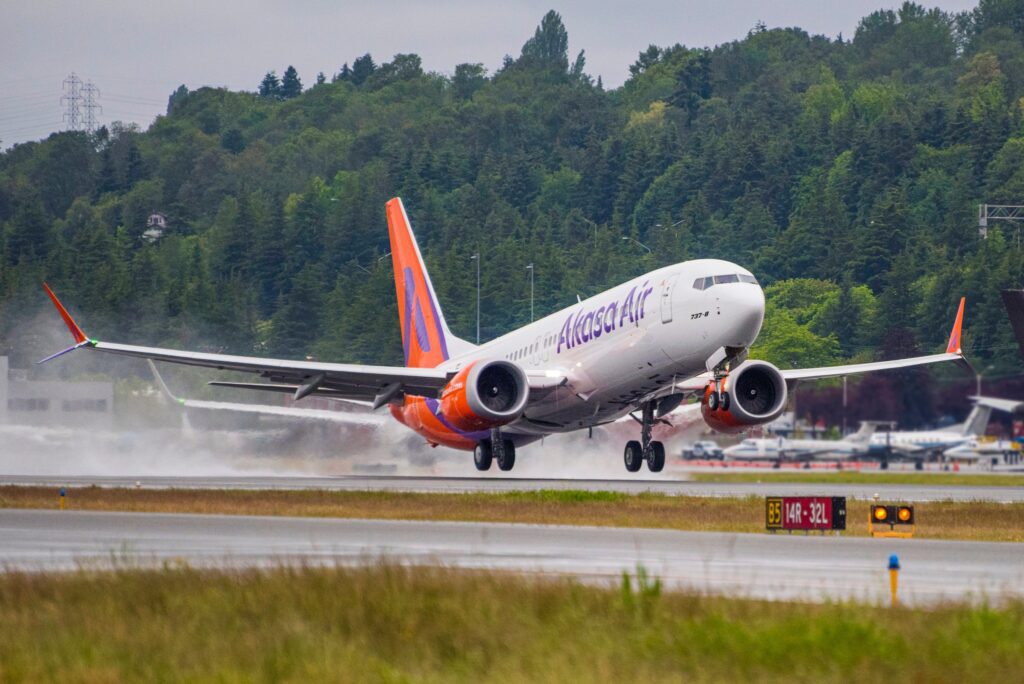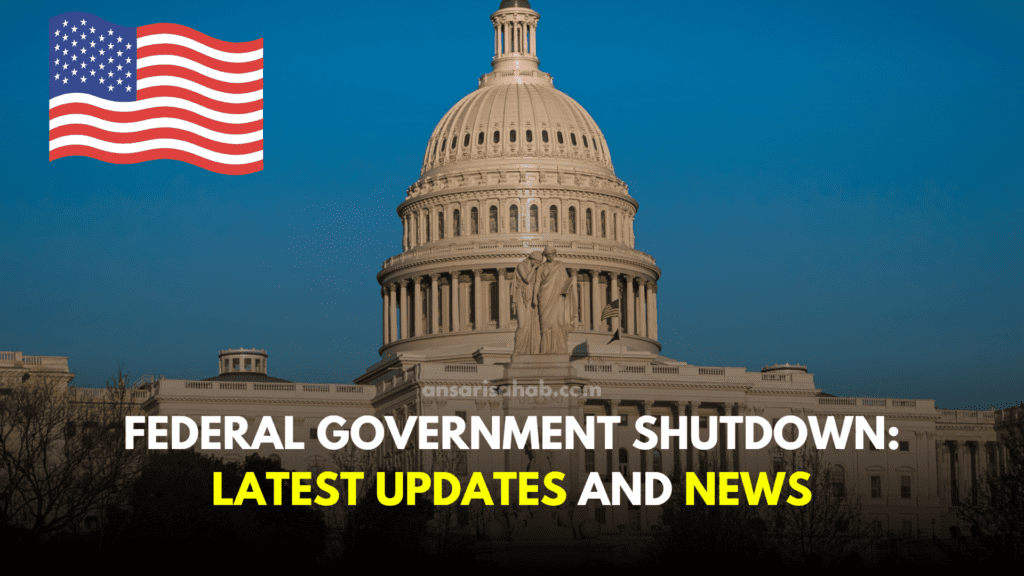The Pacific Northwest has recently faced an unprecedented disaster, grappling with deadly floods triggered by relentless rain and exacerbated by atmospheric river events. This natural calamity has left communities in Washington and Oregon reeling from the aftermath, prompting a significant humanitarian and recovery effort. This blog will delve into the details of the devastating floods, covering the heavy rainfall, the impact on communities, government responses, and the long road to recovery.
Understanding the Catastrophe:
The Pacific Northwest experienced an onslaught of atmospheric river storms, colloquially known as the “Pineapple Express.” Originating near Hawaii, these atmospheric rivers unleashed record-breaking precipitation, with some areas receiving up to 10 inches of rain in a span of just a few days. The sheer volume of rainfall overwhelmed rivers and streams, causing widespread flooding and leaving a trail of destruction across cities like Seattle, Portland, and Everett, as well as rural areas.
Human Toll and Displacement:
Tragically, at least two lives have been lost, and there are ongoing search and rescue efforts with the potential for more fatalities. The floods have forced thousands of families to evacuate their homes, seeking refuge in emergency shelters or with friends and family. The true extent of the damage is still being assessed, as communities grapple with the emotional toll of the disaster.
Areas Affected and Infrastructure Damage:
The impact of the floods is extensive, affecting a broad swath of the Pacific Northwest. Major cities and rural areas alike have been submerged, with critical infrastructure, homes, and businesses bearing the brunt of the devastation. Roads and highways are submerged, bridges are damaged, and power outages have added to the complexity of the recovery efforts.
Suggested: Cyclone Michaung Makes Landfall: Chennai Drenched, Crocodile Emerges, Schools Closed
Government and Emergency Response:
In response to the crisis, the Federal Emergency Management Agency (FEMA) has declared a state of emergency, mobilizing federal resources to aid in recovery. Local and state governments are working tirelessly to provide essential services, including food, shelter, and medical assistance. The scale of the disaster necessitates a coordinated effort to address the immediate needs of affected communities.
Unprecedented Nature and Climate Change:
Experts describe these floods as a once-in-a-century event, attributing their severity to the impact of climate change. Rising global temperatures contribute to more extreme weather events, such as the intense rainfall and flooding witnessed in the Pacific Northwest. Understanding and addressing the long-term implications of climate change will be crucial in preparing for and mitigating future disasters.
The Long Road to Recovery:
Rebuilding the Pacific Northwest will be a formidable challenge, requiring significant time, resources, and resilience. The flood damage is extensive, encompassing homes, businesses, and critical infrastructure. The recovery effort will extend for months, if not years, and necessitates not only physical reconstruction but also comprehensive mental health support for affected communities.
How to Help:
As the Pacific Northwest embarks on its journey to recovery, there are various ways to provide support:
- Donate to Reputable Charities: Consider contributing to organizations such as FEMA, the American Red Cross, or the Salvation Army, which play vital roles in disaster relief efforts.
- Volunteer Your Time and Skills: Many hands make light work. Volunteering your time or skills can make a significant impact on the ground, assisting with rescue operations, providing support in shelters, or contributing to rebuilding efforts.
- Spread Awareness: Share information about the disaster, recovery efforts, and ways to help through social media, community networks, and word of mouth. Increased awareness can lead to greater support.
Conclusion:
The Pacific Northwest’s journey from devastation to recovery is a testament to the resilience of its communities. As we come together to support those affected by these floods, it is a reminder of the collective strength needed to address the challenges posed by climate change. By providing assistance, raising awareness, and working collaboratively, we can contribute to the region’s rebuilding efforts and foster a more prepared and resilient future.









